Optimal Timing for Driveway Repaving
Determining the optimal time for driveway repaving depends on climate conditions, temperature, and moisture levels. Proper timing ensures the longevity and quality of the repaving process, reducing the risk of future damage or repairs.
Driveway repaving is best performed when temperatures are consistently between 50°F and 85°F. This range allows asphalt to properly set and adhere.
Dry weather with minimal humidity is crucial. Rain or high moisture can interfere with asphalt curing and compromise the surface.
Spring and early fall are typically optimal seasons, avoiding extreme cold or heat that can affect material performance.
Avoid periods with significant temperature swings, which can cause cracking or uneven settling of the new surface.

Warm temperatures facilitate asphalt work, ensuring optimal compaction and curing.
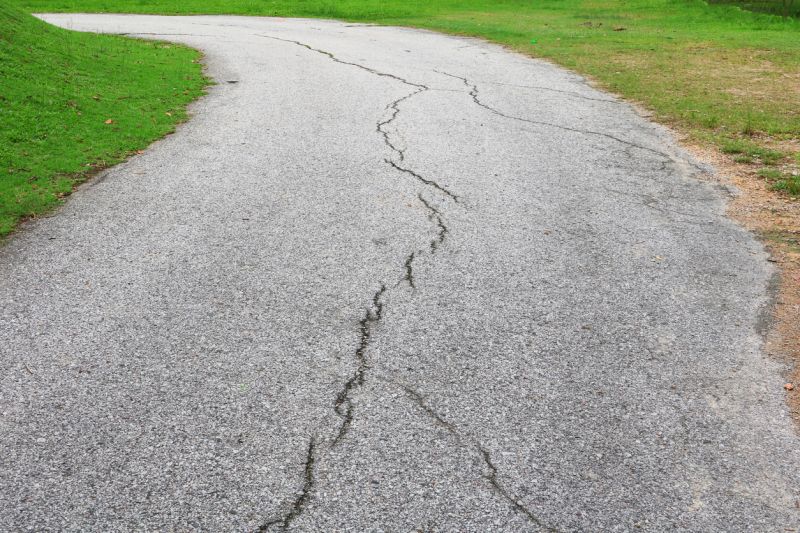
Moderate temperatures and lower humidity make spring an ideal time for driveway resurfacing.

Early fall offers cooler weather that still supports proper asphalt setting before winter.

Ways to make Driveway Repavings work in tight or awkward layouts.
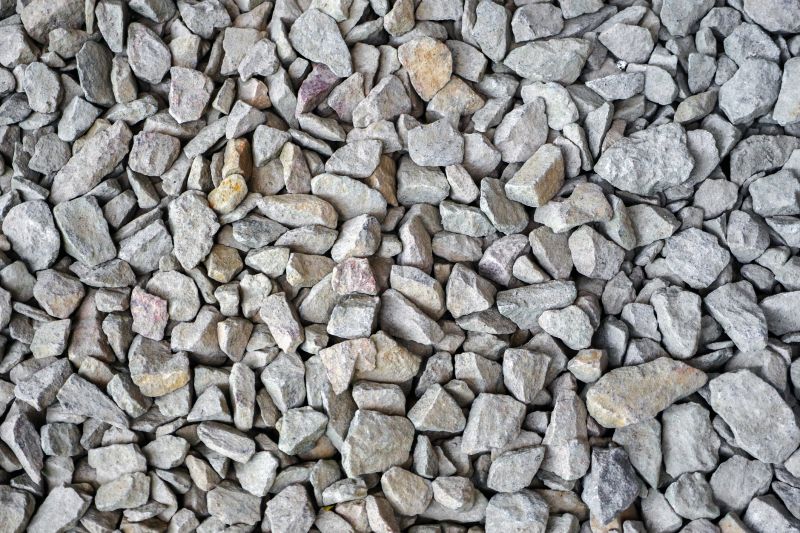
Popular materials for Driveway Repavings and why they hold up over time.
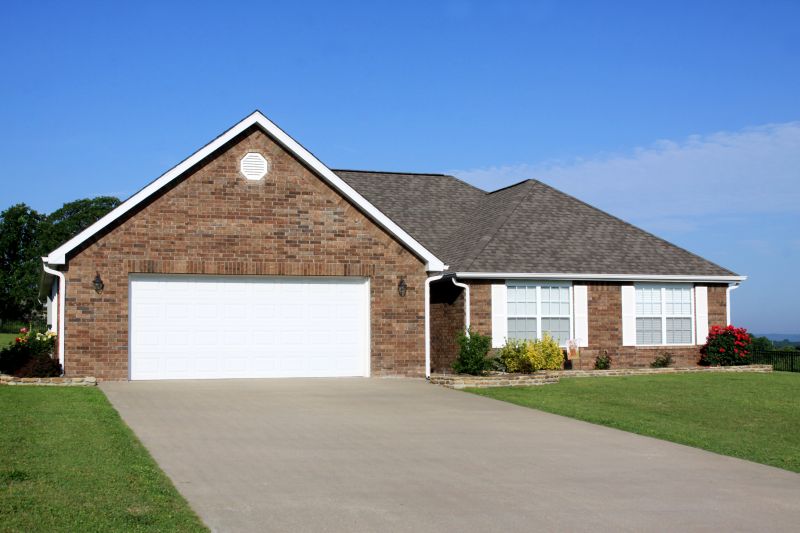
Simple add-ons that improve Driveway Repavings without blowing the budget.
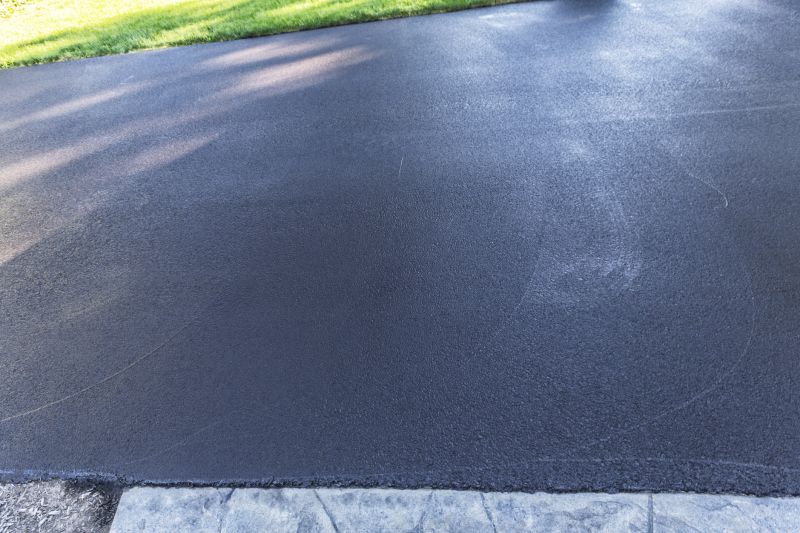
High-end options that actually feel worth it for Driveway Repavings.

Finishes and colors that play nicely with Driveway Repavings.
Driveway repaving involves removing existing pavement and replacing it with a new asphalt or concrete surface. This process enhances curb appeal, improves safety, and increases property value. Proper timing maximizes the durability of the new surface and minimizes potential issues like cracking or uneven settling.
Statistics indicate that asphalt driveways typically last 15-20 years with proper maintenance. Timely repaving can prevent costly repairs and extend the lifespan of the driveway, making the right seasonal choice essential for long-term performance.

Spring offers moderate temperatures and lower precipitation, suitable for asphalt installation.
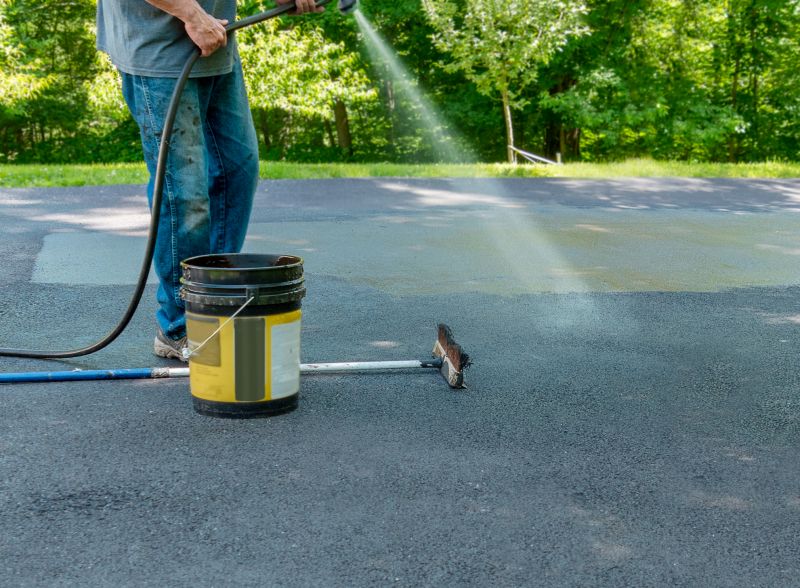
Warm weather allows for optimal asphalt compaction and curing.
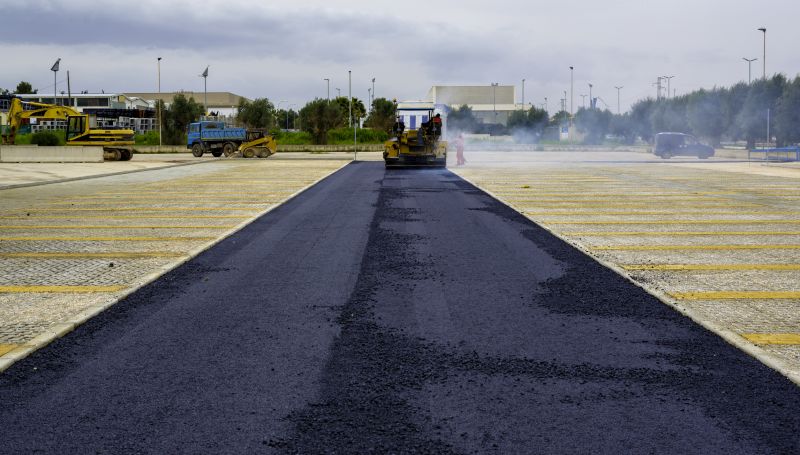
Cooler temperatures and dry conditions support durable paving results.
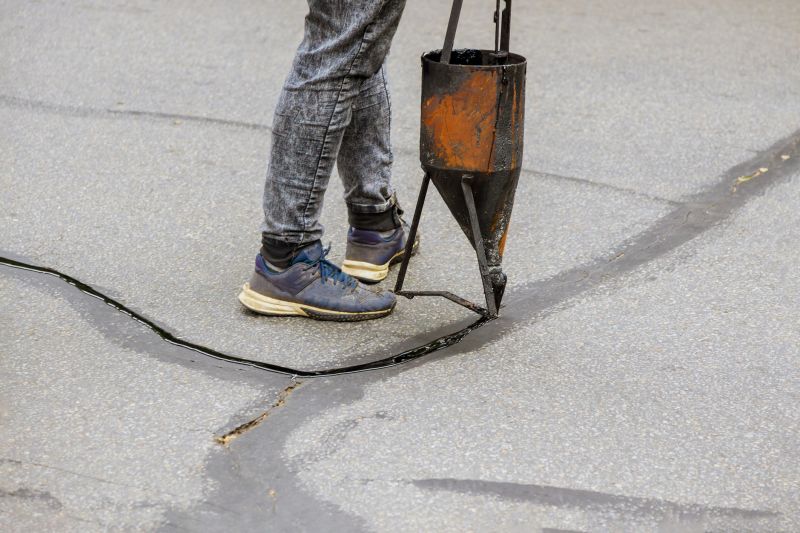
Cold temperatures and frost can hinder asphalt setting and cause future damage.

Little measurements that prevent headaches on Driveway Repavings day.
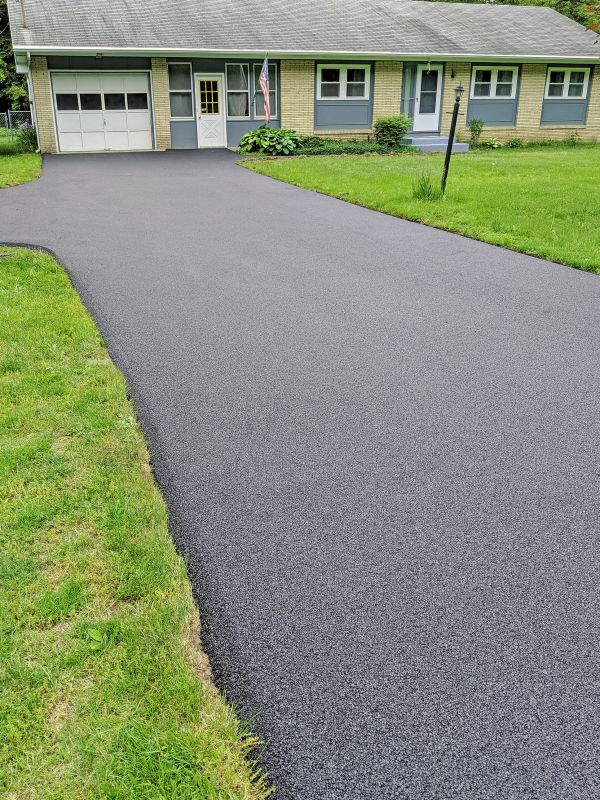
A 60-second routine that keeps Driveway Repavings looking new.
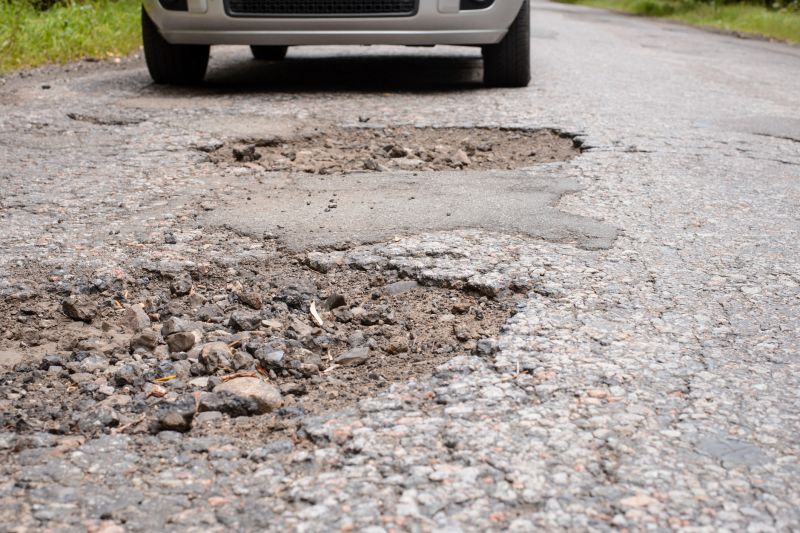
A frequent mistake in Driveway Repavings and how to dodge it.
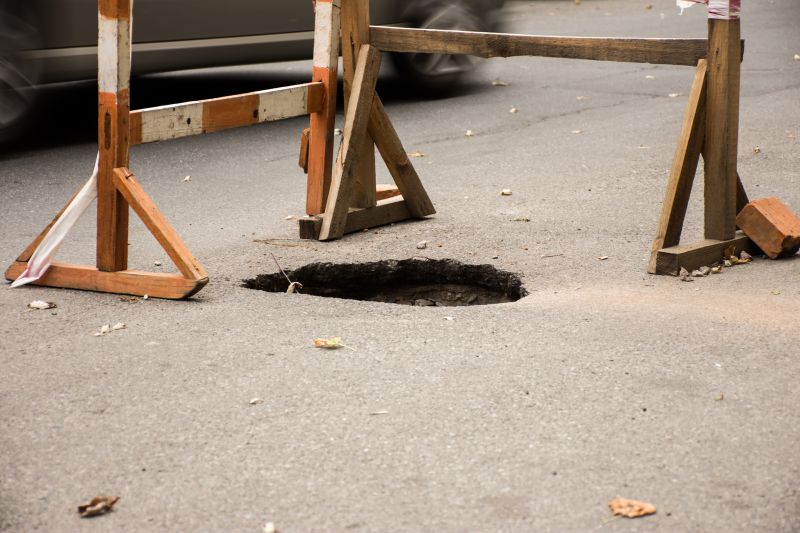
Small tweaks to make Driveway Repavings safer and easier to use.
Interested in driveway repaving? Filling out the contact form can provide additional information and help schedule services during the optimal season for the best results.
